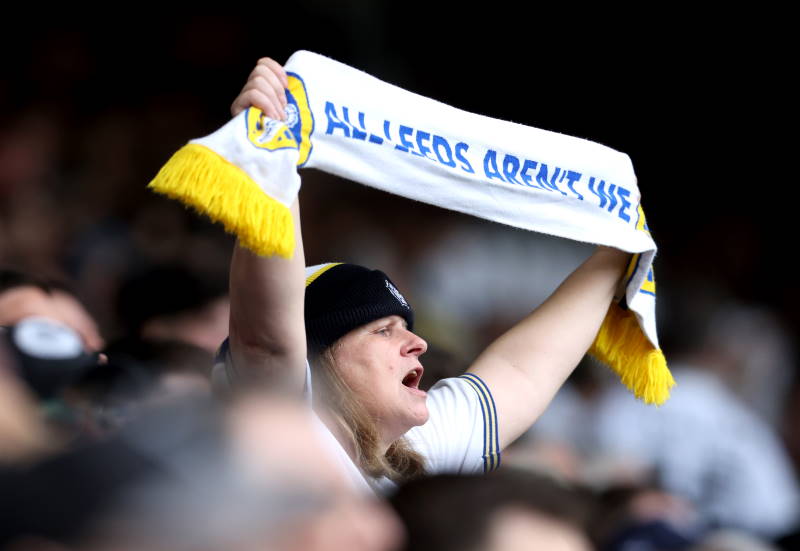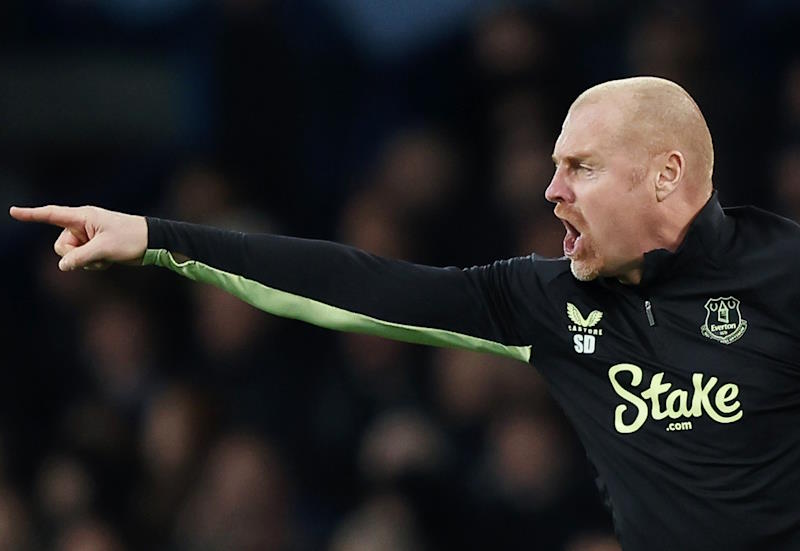
Greg Hall
John Sheridan’s Chesterfield outfit stole a march on the rest of their counterparts in England’s League Two early in the season and their promotion out of the division is all but guaranteed. The Spireites haven’t so much put in a sprint finish for the line as set out as early pacemakers, never looking back as they have inched further ahead of the field and closer to silverware.
This season has also marked Chesterfield’s move to a new home at the B2Net Stadium; not the easiest to roll off the tongue, but their change in fortunes and the stability it has created seems to have gone down very well with all associated with the Yorkshire club.
Sheridan’s troops were handed the keys to their new abode during the off-season, ending Chesterfield’s 139-year stint of plying their trade at the Saltergate Ground, and since setting foot onto the pristine turf they have played like a side of a higher calibre than the league in which they sit; much like the B2Net Stadium.
Barrie Hubbard, Chesterfield FC chairman, was the driving force behind the move to a new ground and after tumultuous years under Darren Brown’s stewardship, where the club were on the precipice of extinction, he recognised the need for a more financially stable outfit.
While handing out naming rights to the new arena does diminish the romanticism of the antique club, the necessity to compete financially and move the side forward, is something that always had to happen. The move also saw to it that Saltergate’s infamously poor playing surface was a thing of the past and the patch that the current side turn out on is more befitting of their playing style.
That playing style of tic-tac passing and blistering counter attacks has been allowed to flourish at the B2Net and has helped the side to develop a fortress which has seen them lose just three home fixtures all season. The average number of Spireite faithful at those home games has risen considerably from around 3,500 last season, up to 6,300 in the current campaign and even though the club shelled out £13M for their new ground, it can house 10,379 at capacity and boasts a plethora of executive suites, conference rooms and banqueting space, allowing the club to be able to produce year-round revenue.
The stadium move is something a number of football league clubs have also turned to without so much as a glance over their shoulder. Shrewsbury, Southampton, Oxford, MK Dons and Colchester are all sides that have built new surroundings in the last ten years. And whilst grounds like The Dell (Southampton) and Gay Meadow (Shrewsbury) do have their place in footballing folklore, the current financial pressures on lower league football clubs do not wait for the misty-eyed and so drastic action has had to be taken.
Whilst Chesterfield’s new home seems to have helped the club into playing League One football next year, and Brighton’s incentive of a swashbuckling new stadium has driven them to promotion to the Championship, it is not all fairytale stories for those with a brand spanking new pitch.
The aforementioned Southampton, who always struggled to stay in the Premier League whilst at The Dell, found the going too tough without their intimidating and admittedly archaic home stronghold and were relegated four seasons later after 27 years in the top flight. Since then the Saints have slipped down to League One and it is there where they currently languish, although playoffs at least seem a certainty this time around.
Up in the top tier, Arsenal’s move to The Emirates has been incredibly successful financially and a packed 60,000 each week, along with music concerts, vast swathes of executive areas and even international friendlies dwarf their former ground Highbury’s revenue potential. However, Arsene Wenger’s trophy drought is well documented since moving to the stunning new ground and whilst the team are still around the pinnacle of English football, they have yet to reach the summit under their new floodlights.
Those lofty heights are quite literally leagues away from the situation that Chesterfield find themselves in but, barring a monumental catastrophe, Sheridan’s team will be in League One next term. This brings increased crowd numbers, sponsorship and revenue. After all, in modern day football, it really is money that talks.












